The sweetbread mushroom (Clitopilus prunulus) is an edible species with a distinctive smell that gives it the common sweetbread name. It smells like fresh-baked bread! Foraging the sweetbread can be a little tricky because it has some close lookalikes and some that are quite toxic. This species is more for advanced foragers.
- Scientific Name: Clitopilus prunulus
- Common Names: Sweetbread mushroom, the Miller
- Habitat: On the ground, primarily in woodlands
- Edibility: Edible
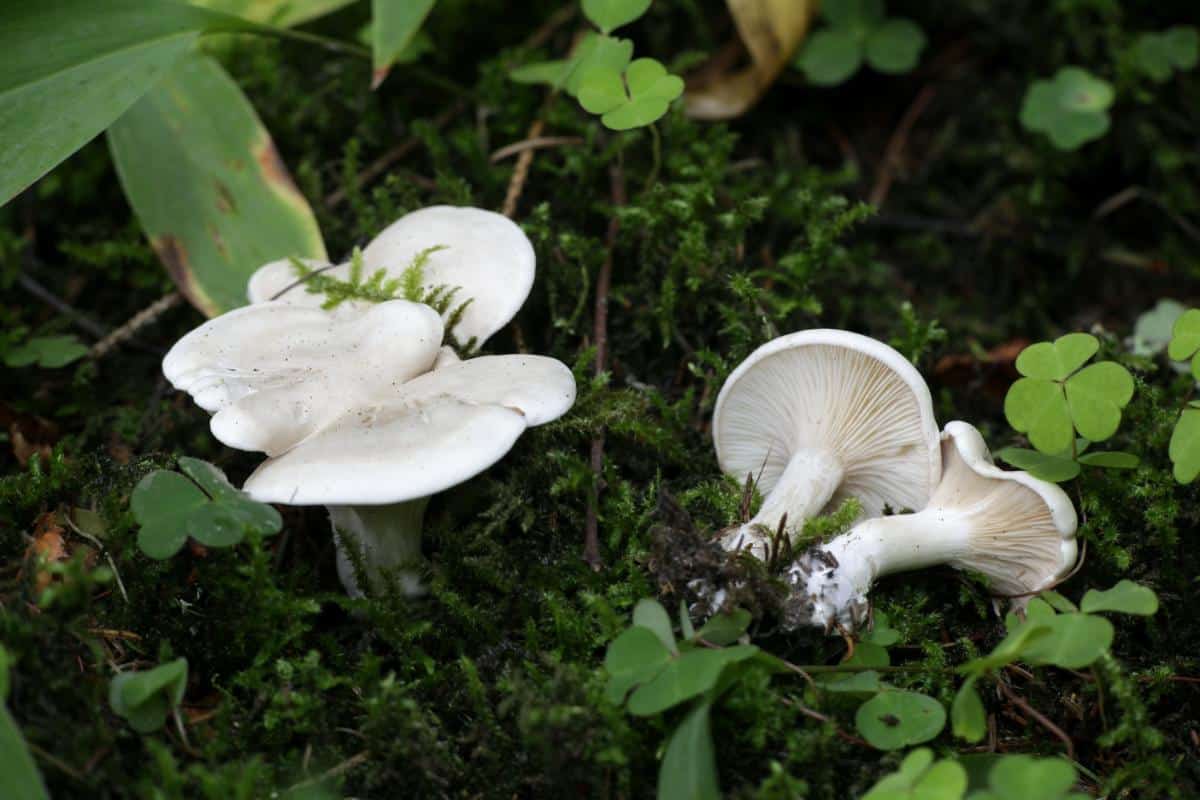
Jump to:
All About Sweetbread Mushrooms
This mushroom gets its name from its distinctive aroma, which is similar to that of freshly baked bread or raw dough. It is also commonly known as “the miller” because of its association with flour mills and millers (the people who made the bread and were often covered in flour as a mark of their trade).
This fungus was first described by the Tyrolean naturalist Giovanni Antonio Scopoli in 1772, who christened it Agaricus prunulus. Over the years, it has undergone several taxonomic reclassifications, with French mycologist Pierre Bulliard calling it Agaricus orcella in 1793. Finally, German botanist Paul Kummer placed it in the genus Clitopilus in 1871, where it remains today as the type species of the genus.
In certain European traditions, the sweetbread mushroom is believed to possess the ability to ward off evil spirits and protect against malevolent forces. This belief may stem from the mushroom’s distinctive aroma, which was thought to have purifying properties.
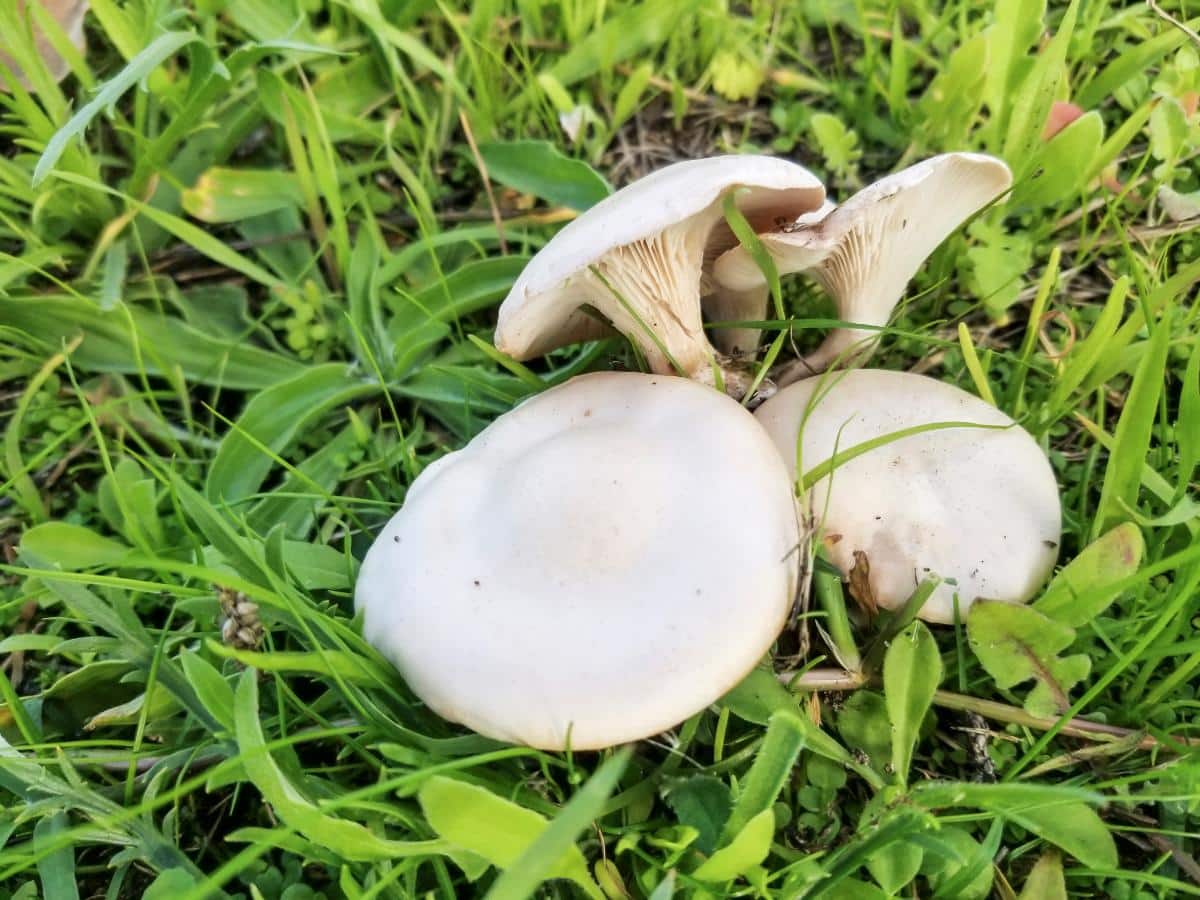
Sweetbread Mushroom Comprehensive Identification Guide
Season
The sweetbread mushroom is an autumn species. In many regions, it begins to fruit shortly after the first fall rains, heralding the arrival of prime mushroom hunting season. However, in warmer climates, this species may also appear during the winter months.
Habitat
The sweetbread mushroom is a saprobic fungus, meaning it derives its nutrients from decaying organic matter. It thrives in a variety of habitats, including open woodlands, grassy areas, and coniferous forests.
In North America, it is particularly abundant under hardwoods and conifers, with a preference for Bishop pines (Pinus muricata) along the northern Californian coast. However, it also grows all across the country.
This mushroom only grows from the ground. It does not grow from wood or trees. It may grow individually but more often appears in small or large, dense and overlapping clusters. The clumps are often scattered widely on the forest floor.
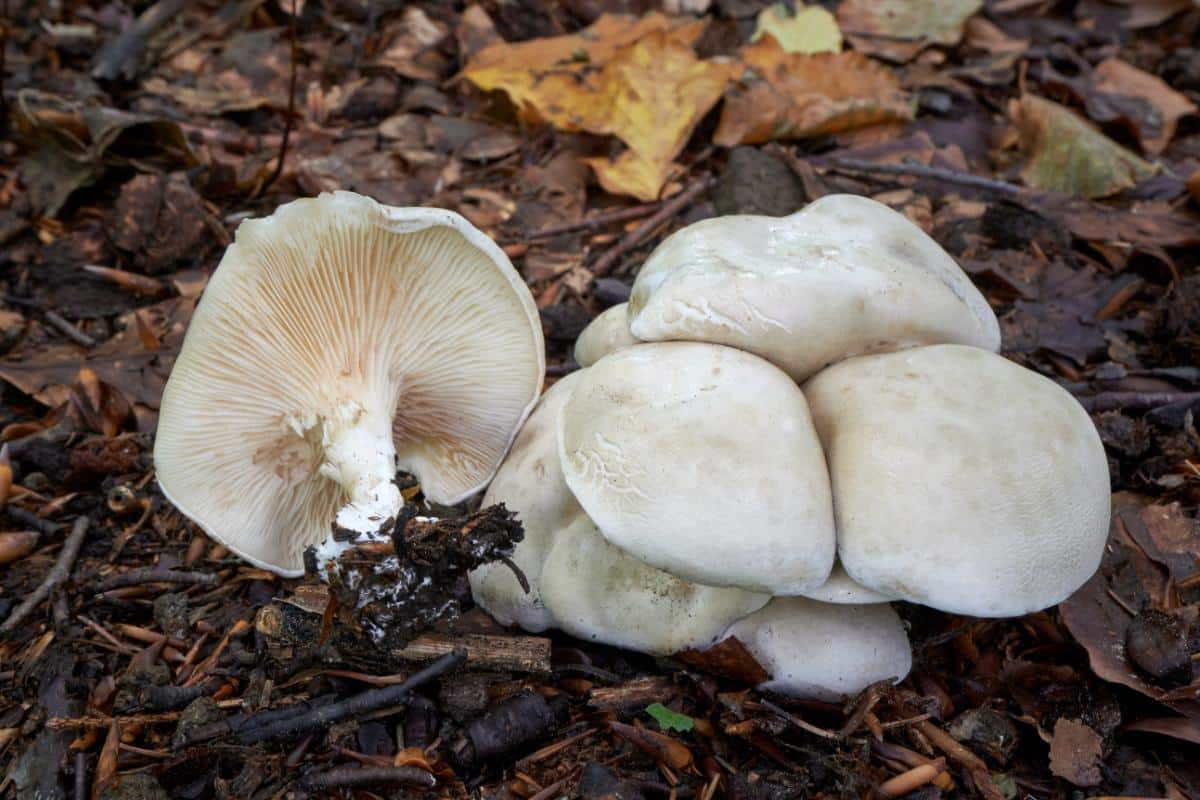
Identification
Cap
The cap of the sweetbread mushroom starts out rounded (like a common button mushroom) and then gradually flattens out as it matures. It often develops a shallow depression in the center of the cap. The edge of the cap is frequently wavy or rolled under.
The cap’s color ranges from white to a soft gray to buff. It has a velvety texture akin to suede. When dry, the cap’s surface is matte but takes on a sticky sheen when moistened. The cap typically measures between 1 and 4.75 inches in diameter.
Gills
The gills are decurrent, meaning they extend down the stem partway. They are closely spaced and start out white but gradually take on a pinkish hue as the mushroom matures. The gills fork prolifically.
Stem
The stem of the sweetbread mushroom measures between 0.75 and 3.25 inches in length. It may be centrally located, or slightly off-center and its width remains relatively consistent throughout its length or may taper slightly towards the base. The stem is solid and dense (not hollow).
The stem’s surface is smooth and bald, with a pale white or grayish hue that may darken where handled. In some instances, the base of the stem is adorned with a sheath of cottony white mycelium.
Flesh
The sweetbread mushroom’s flesh is firm and white and remains unchanged when sliced or bruised.
Odor and Taste
Perhaps the most distinctive feature of the sweetbread mushroom is its unmistakable aroma, which has been aptly described as “farinaceous” – a term derived from the Latin word for flour, “farina.” This mealy, bread-like scent is often compared to the fragrance of an old grain mill, wet flour, raw dough, or the rind of a ripe watermelon or fresh cucumber.
The sweetbread mushroom’s taste echoes its aroma, with a pronounced floury or yeasty flavor.
Spore Print
The sweetbread mushroom’s spore print is brownish-pink.
Key Sweetbread Mushroom Characteristics
- Brownish-pink spore print
- White-gray cap with edges that are often wavy
- Decurrent gills (run down the stem partway) that turn pinkish with age
- Distinctive mealy or flour-like aroma
- Grows in forests (around trees) primarily
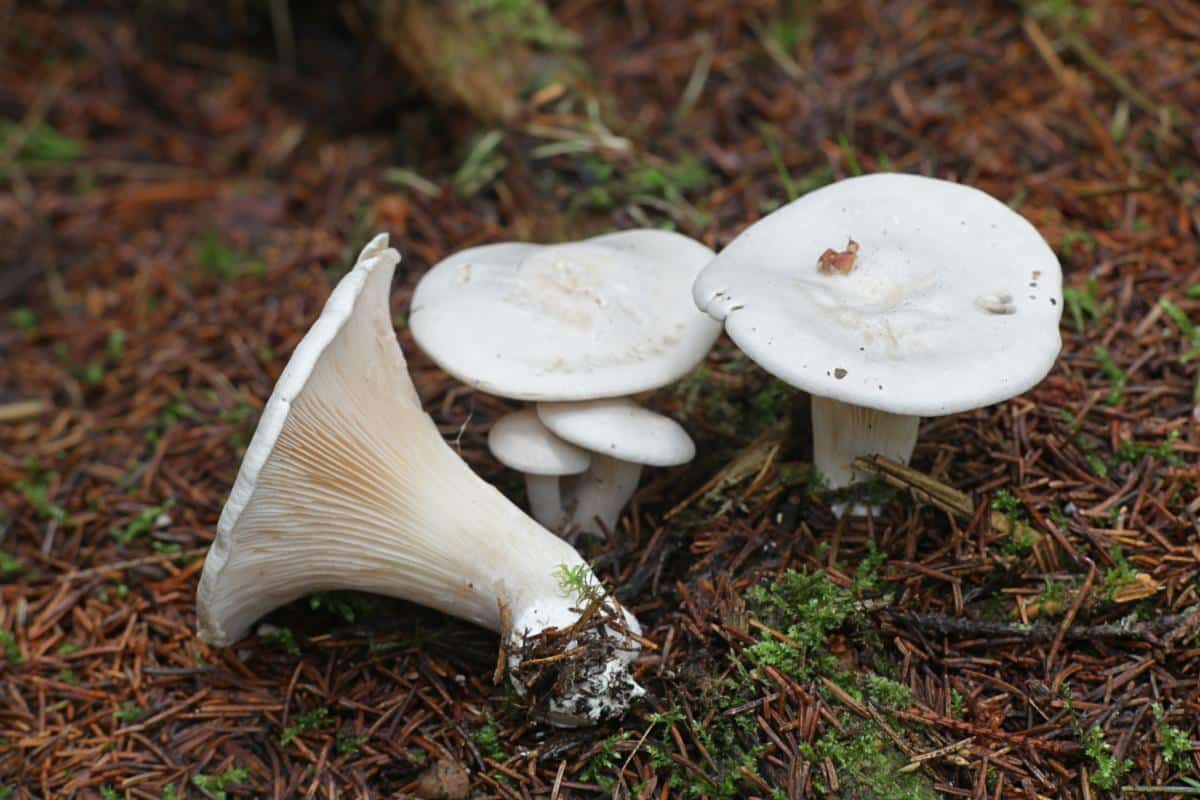
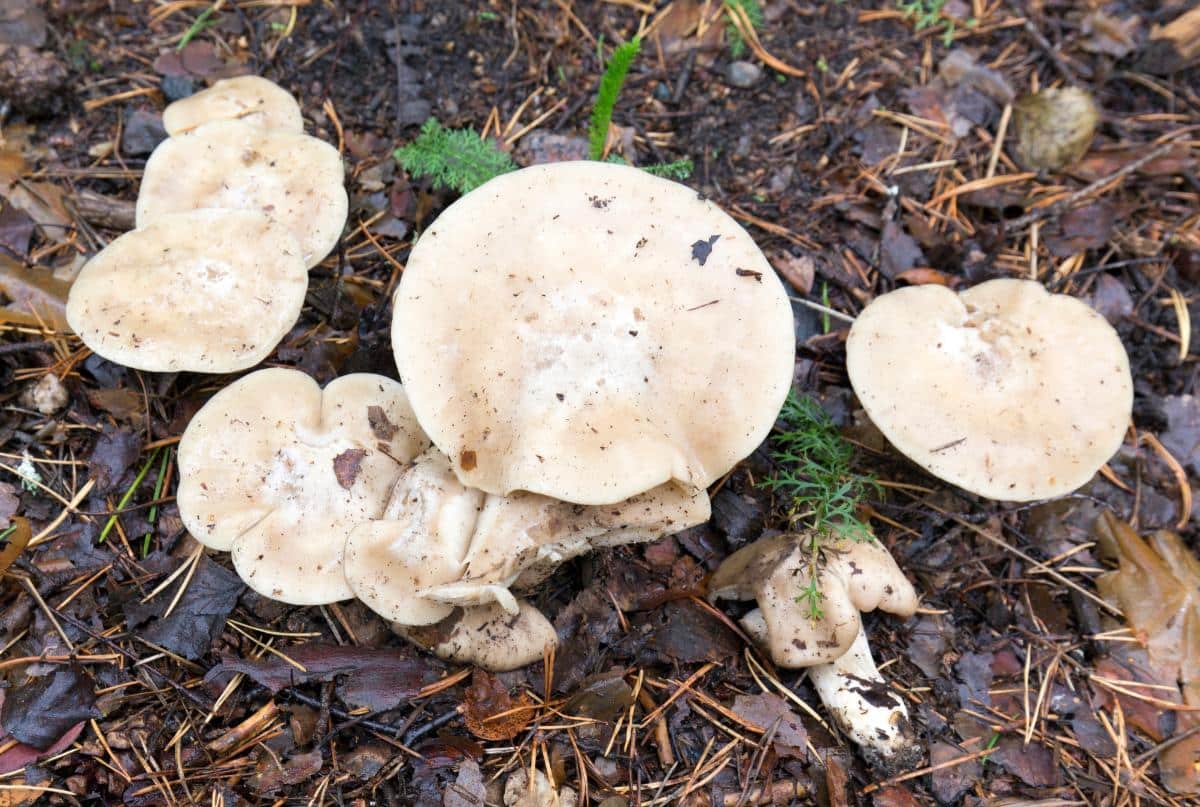
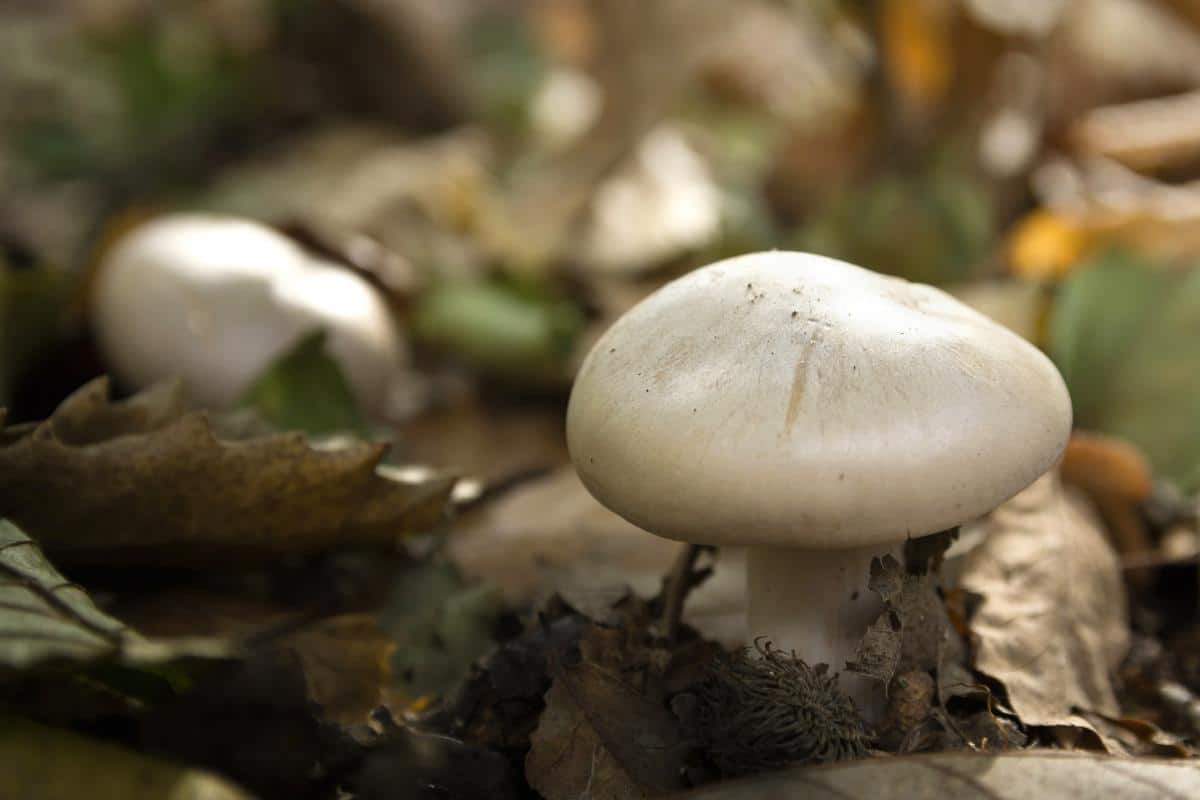
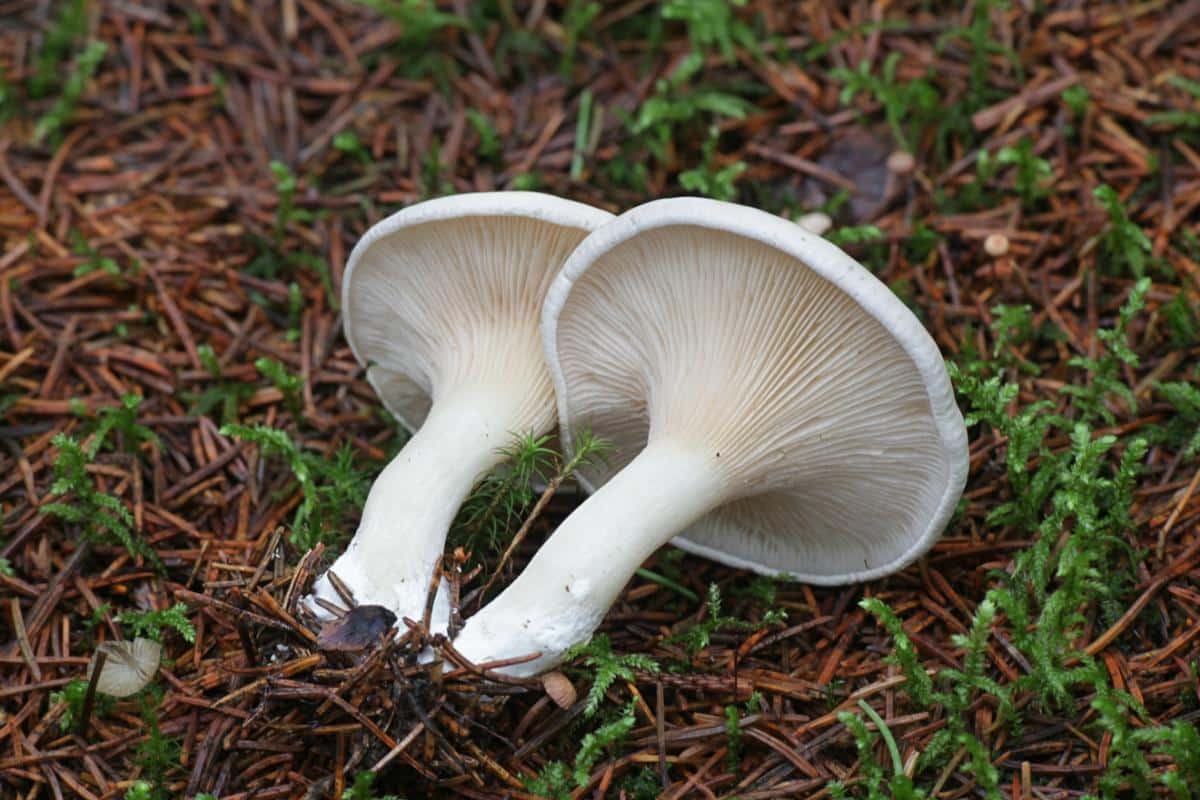
Sweetbread Mushroom Lookalikes
Fool’s Funnel (Clitocybe rivulosa & Clitocybe dealbata)
This poisonous mushroom shares a similar cap color and shape with the sweetbread mushroom, but its spore print is white, its gills are less easily detached, and it lacks the distinctive mealy aroma. Also, the fool’s funnel prefers pastures and meadows, while the sweetbread mushroom favors woodlands. The white spore print is a telltale sign of its identity.
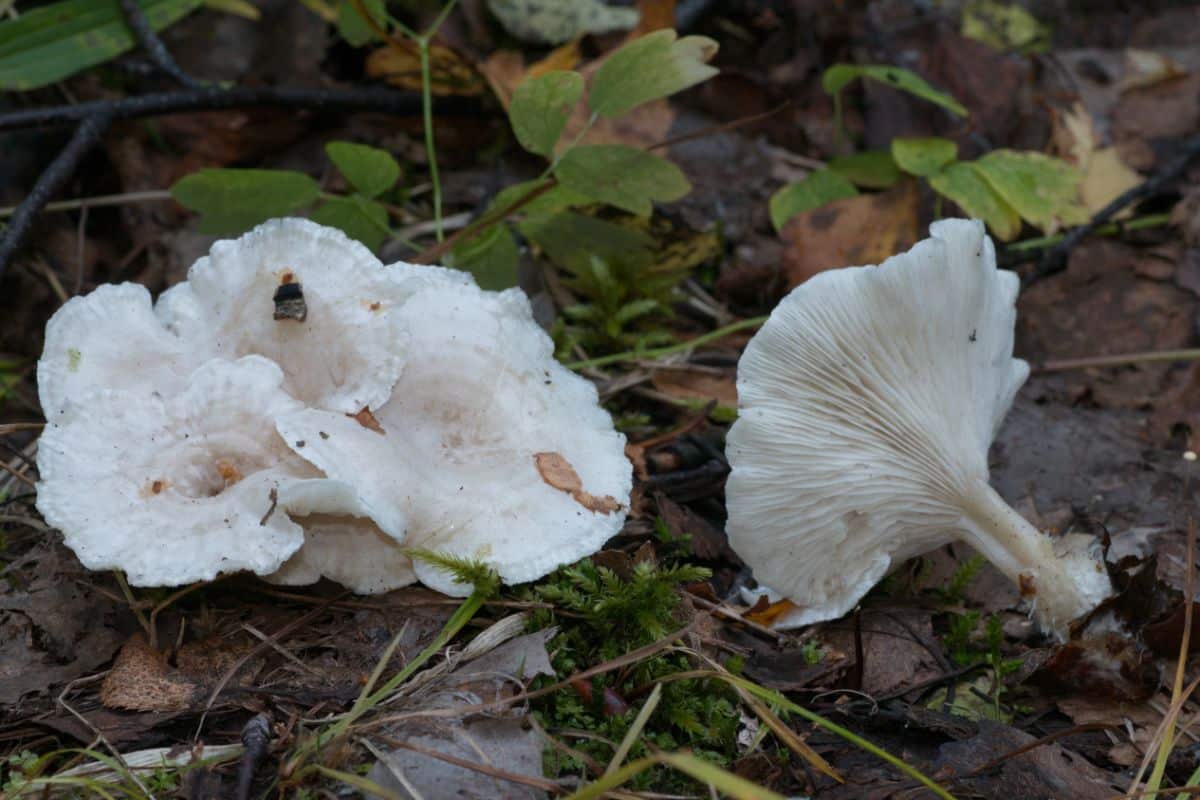
Entoloma species
Many Entoloma species also have pink spores, and a lot of them are toxic. The primary difference is gill arrangement. The majority of Entoloma mushrooms don’t have gills that run down the stem. Many have sinuate gills, which means there is a small notch in them near the stem. The sweetbread mushroom never has this.
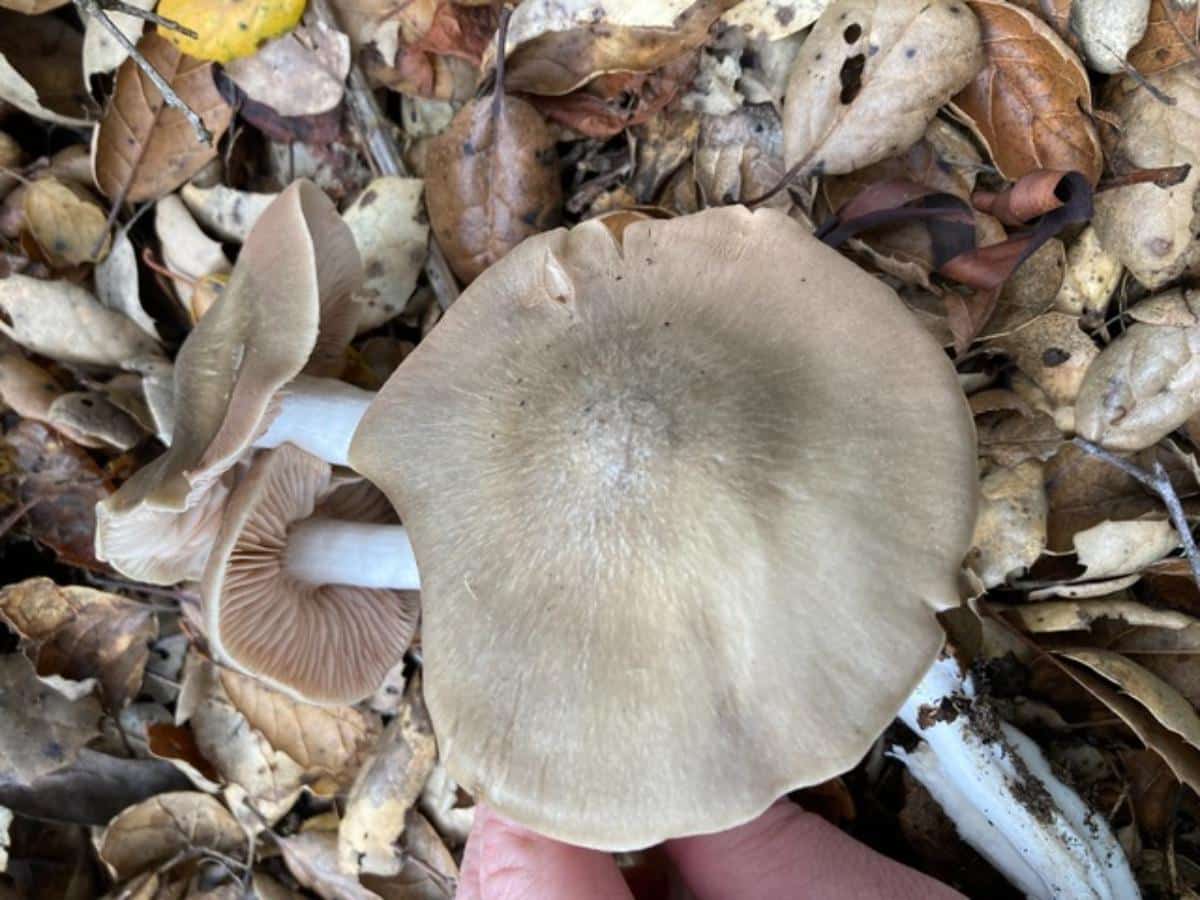
Sweetbread Mushroom Edibility and Cooking
The sweetbread mushroom is an edible and choice species. Just be absolutely certain you have identified it correctly! Cooking tempers the mealy aroma and flavor, and the final cooked mushroom is earthy, nutty, and rich. Sauteing, grilling, or incorporating the mushroom into soups, stews, or omelets are all excellent ways to enjoy it.
Preparing the Sweetbread Mushroom
Before cooking, thoroughly clean the mushrooms by brushing off any dirt or debris with a soft brush or damp cloth. Avoid submerging them in water, as this can cause them to become waterlogged and lose their delicate flavor.
Once cleaned, the mushrooms can be sliced, diced, or left whole, depending on the desired preparation method. It is recommended to cook the sweetbread mushrooms soon after harvesting, as their delicate texture and aroma can deteriorate over time.
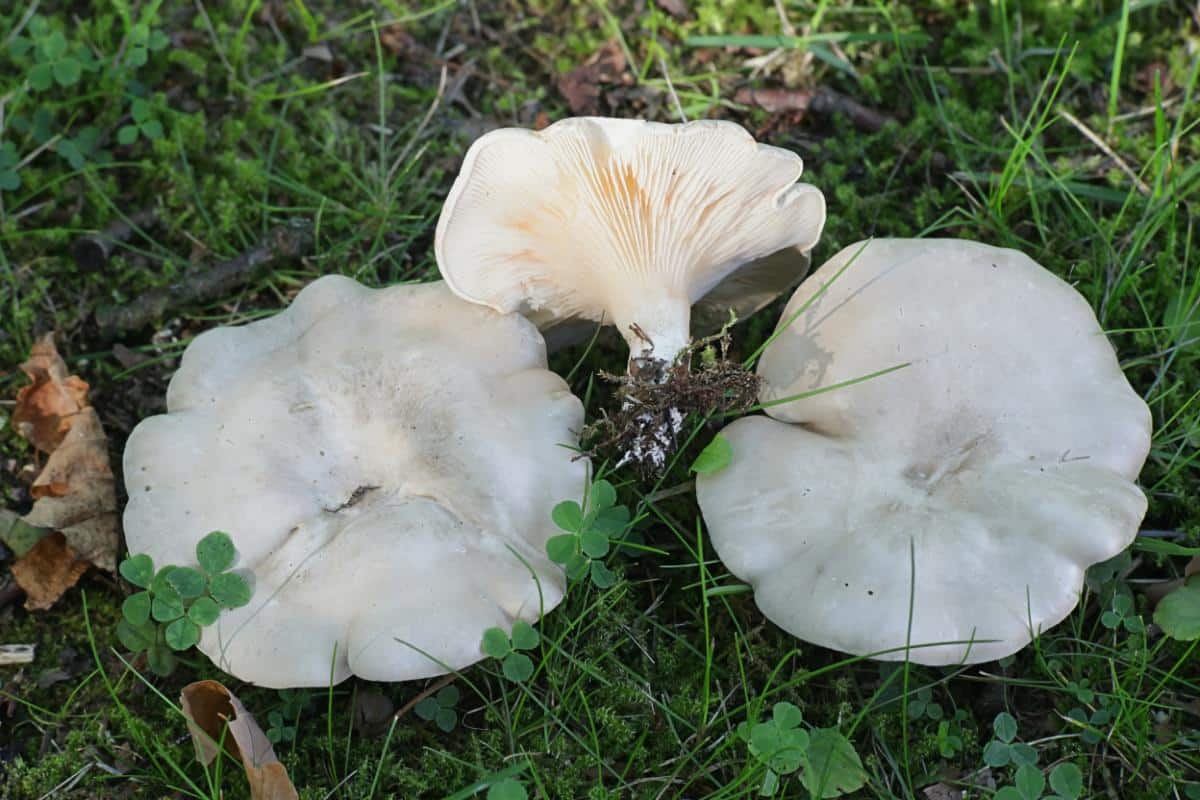
Sweetbread Mushroom Potential Ecological and Medicinal Properties
While the sweetbread mushroom is primarily prized for its culinary virtues, recent research has shed light on its potential medicinal properties. Like many fungi, this mushroom contains a variety of bioactive compounds that may offer health benefits.
Preliminary studies have suggested that the sweetbread mushroom may contain compounds with antimicrobial, antifungal, and antioxidant properties, although further research is needed to fully understand their therapeutic potential.
One notable compound found in the sweetbread mushroom is 1-octen-3-ol, a volatile organic compound that has been shown to possess antifeedant properties. This means that it can deter certain organisms, such as the coastal Pacific Northwest banana slug (Ariolimax columbianus), from consuming the mushroom, potentially protecting it from predation.
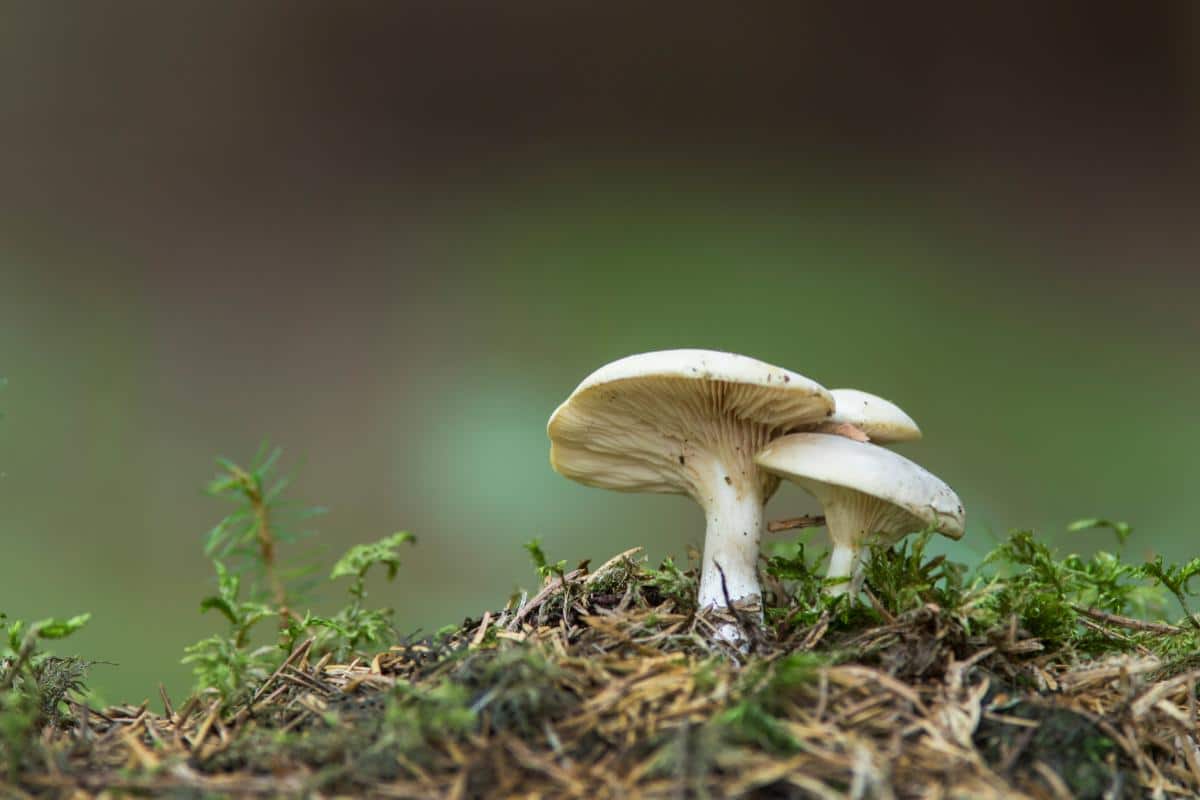
Common Questions About Sweetbread Mushrooms
What does the sweetbread mushroom smell like?
The sweetbread mushroom, aka “the miller,” smells like raw dough, wet flour, or baked bread, depending on who you ask. The smell is also compared to watermelon rinds, cucumbers, and … spermatozoid! Either way, it is a strong and distinctive smell.
Does the sweetbread mushroom look like bread?
No, not really. The common name refers to how it smells, not how it looks. Although, the whitish rounded cap might look like a ball of uncooked bread dough, just about to go into the oven.

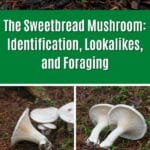
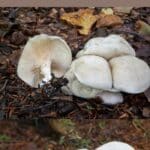
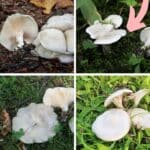


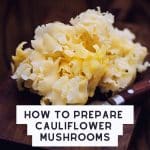
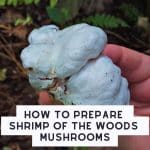
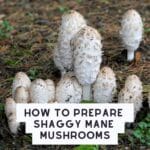
Leave a Reply